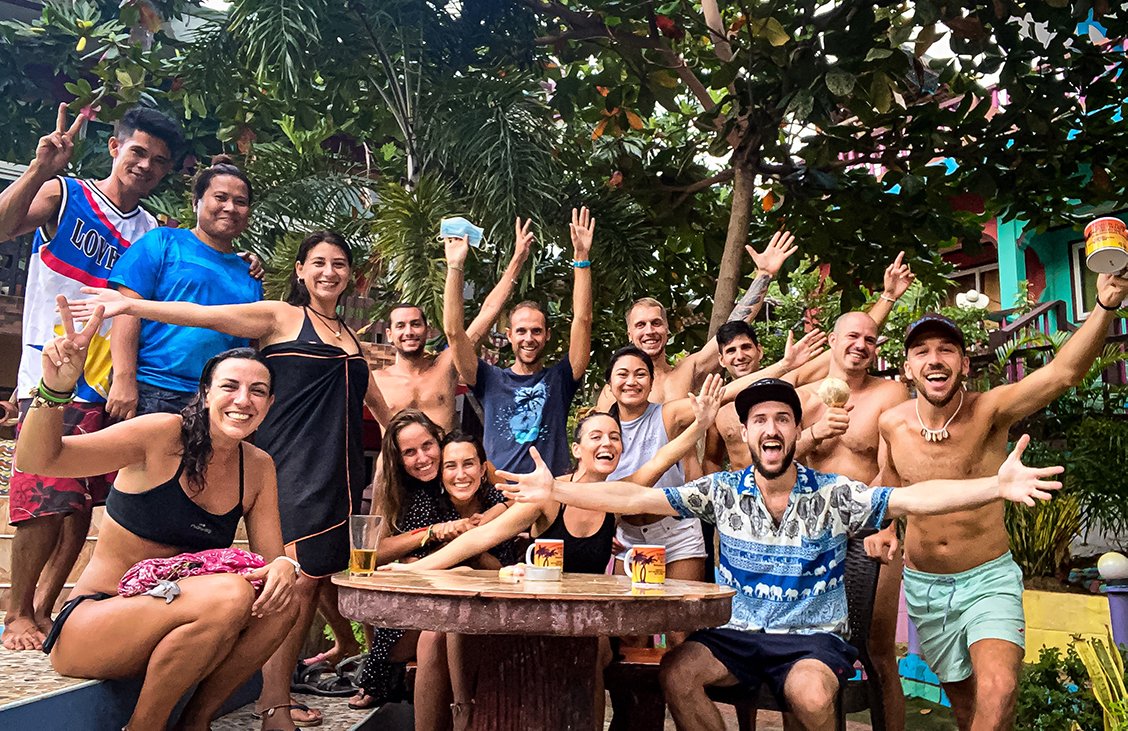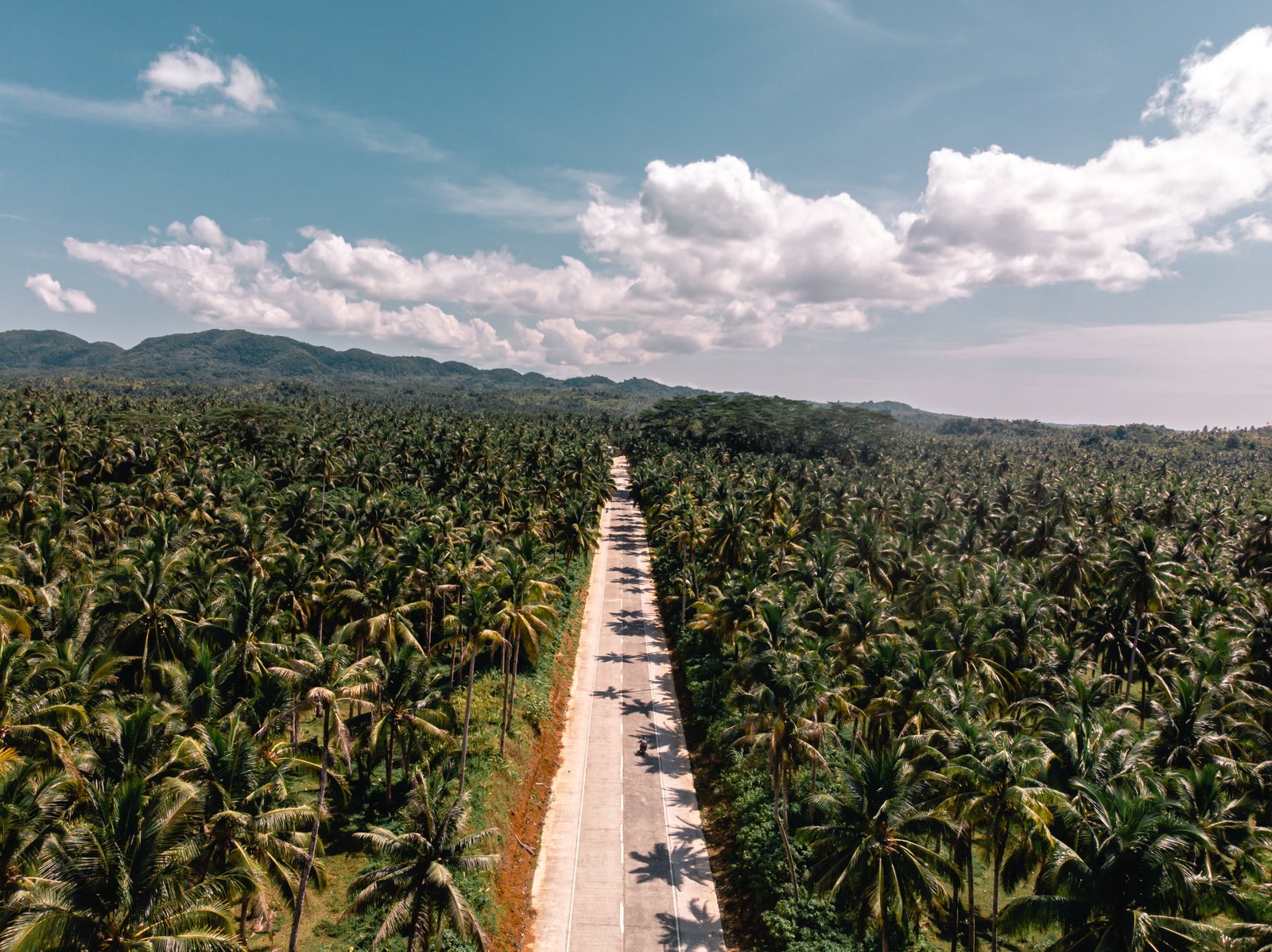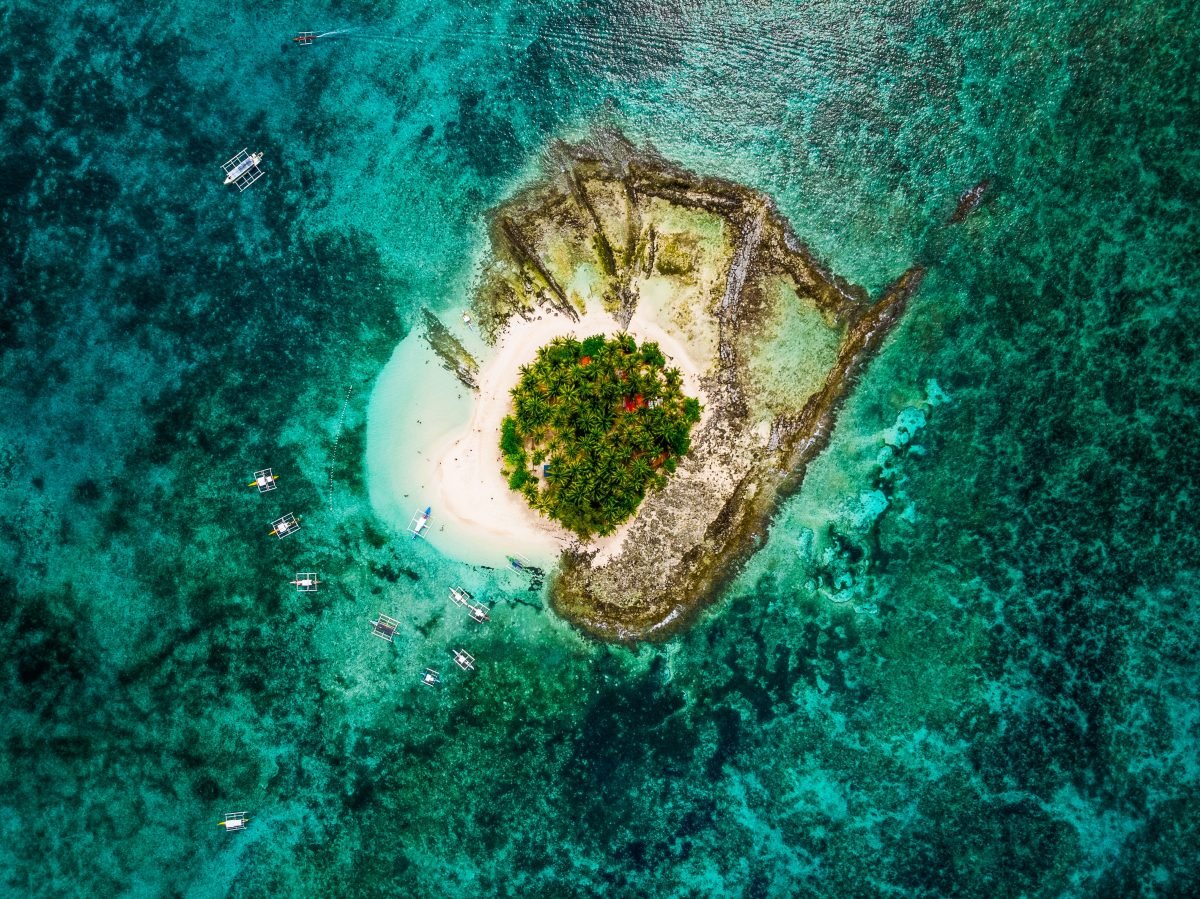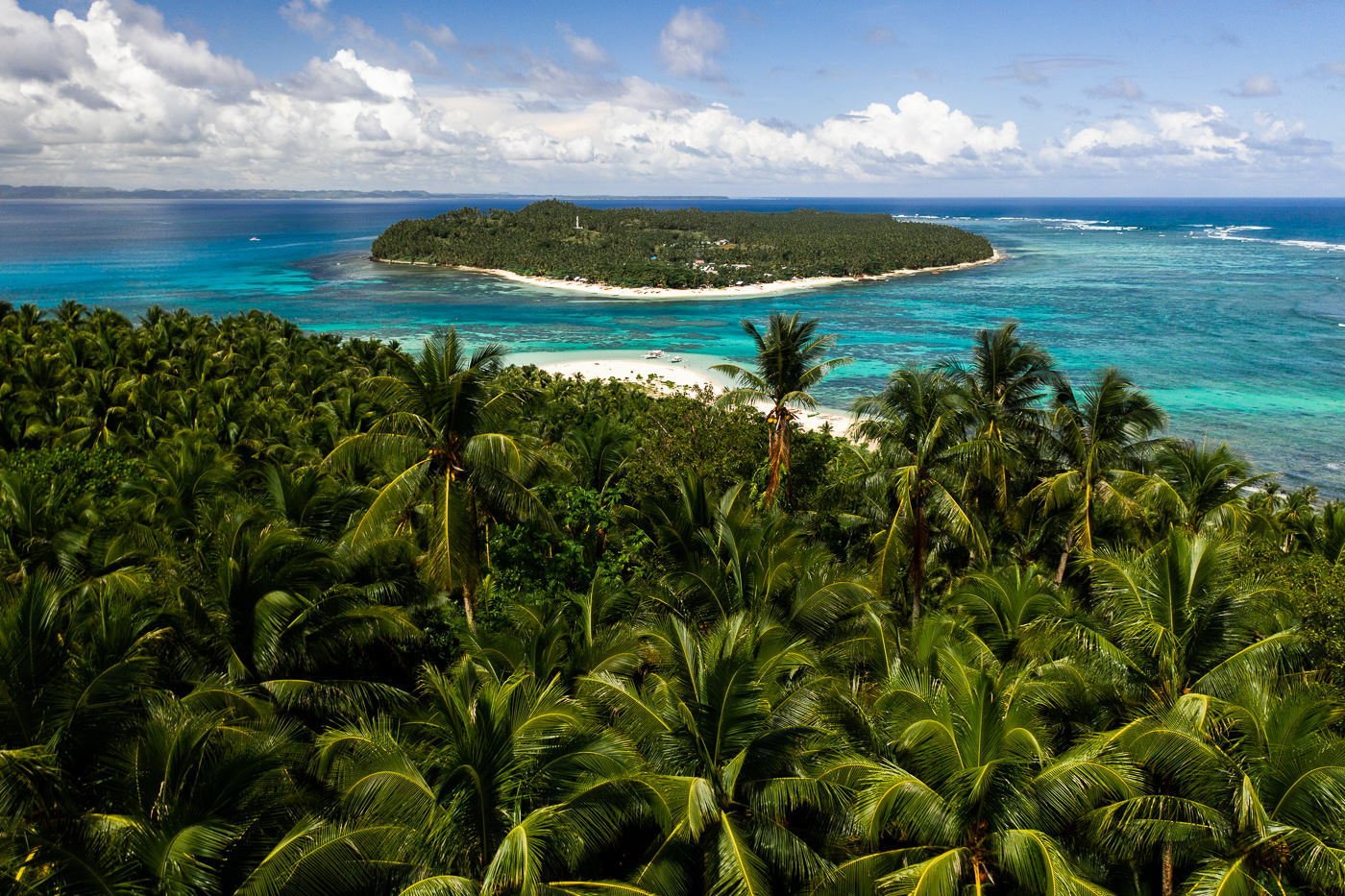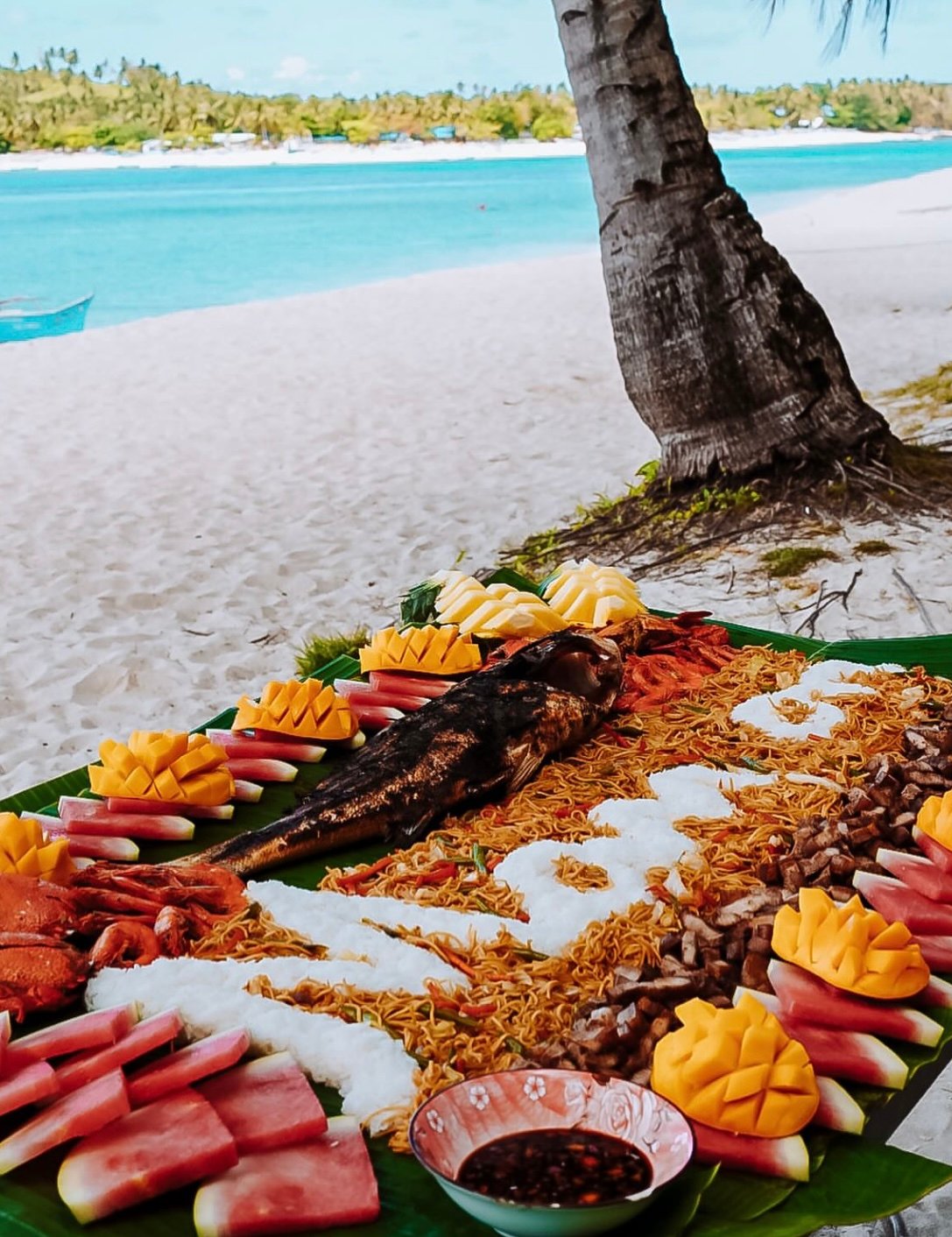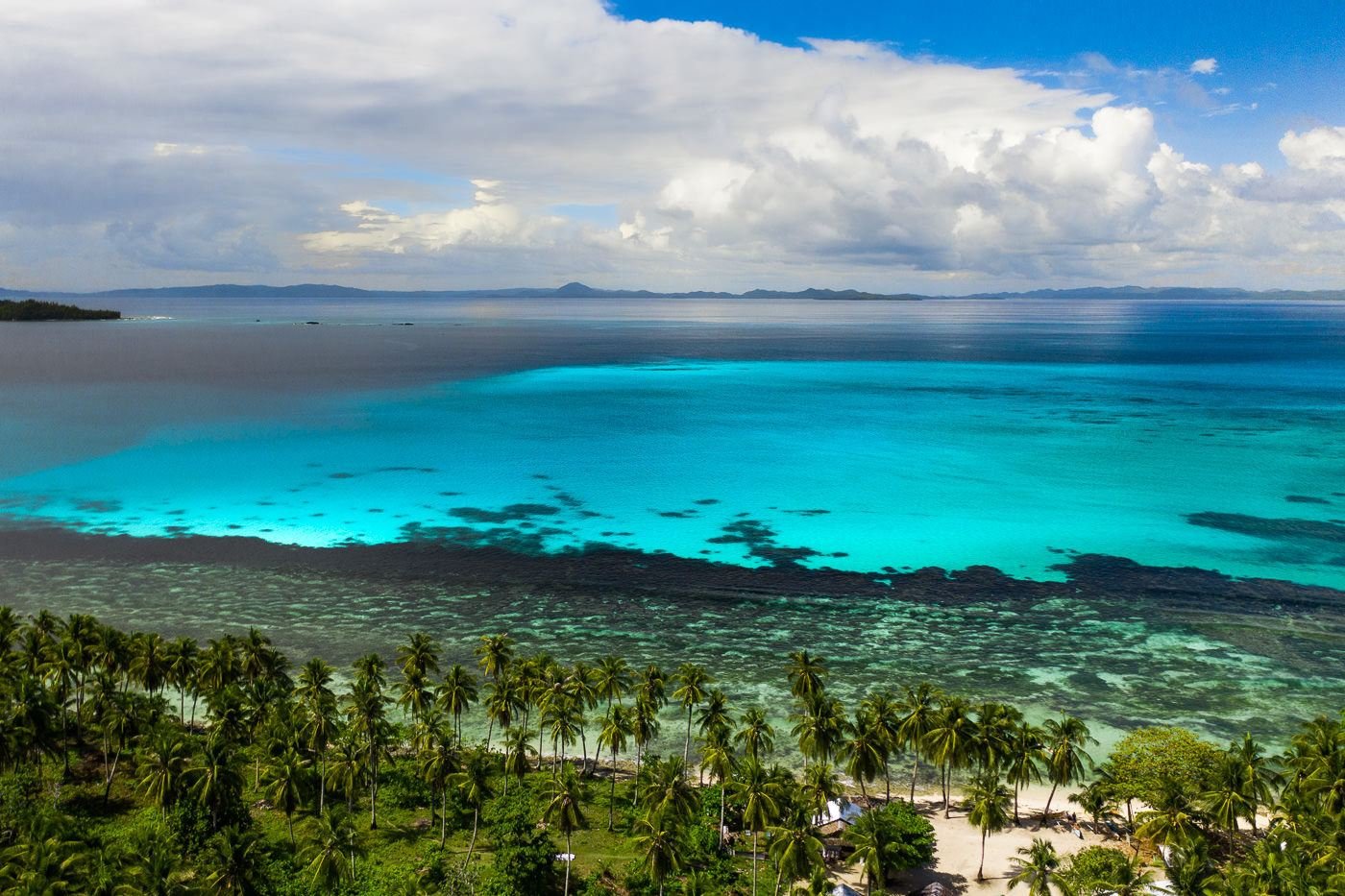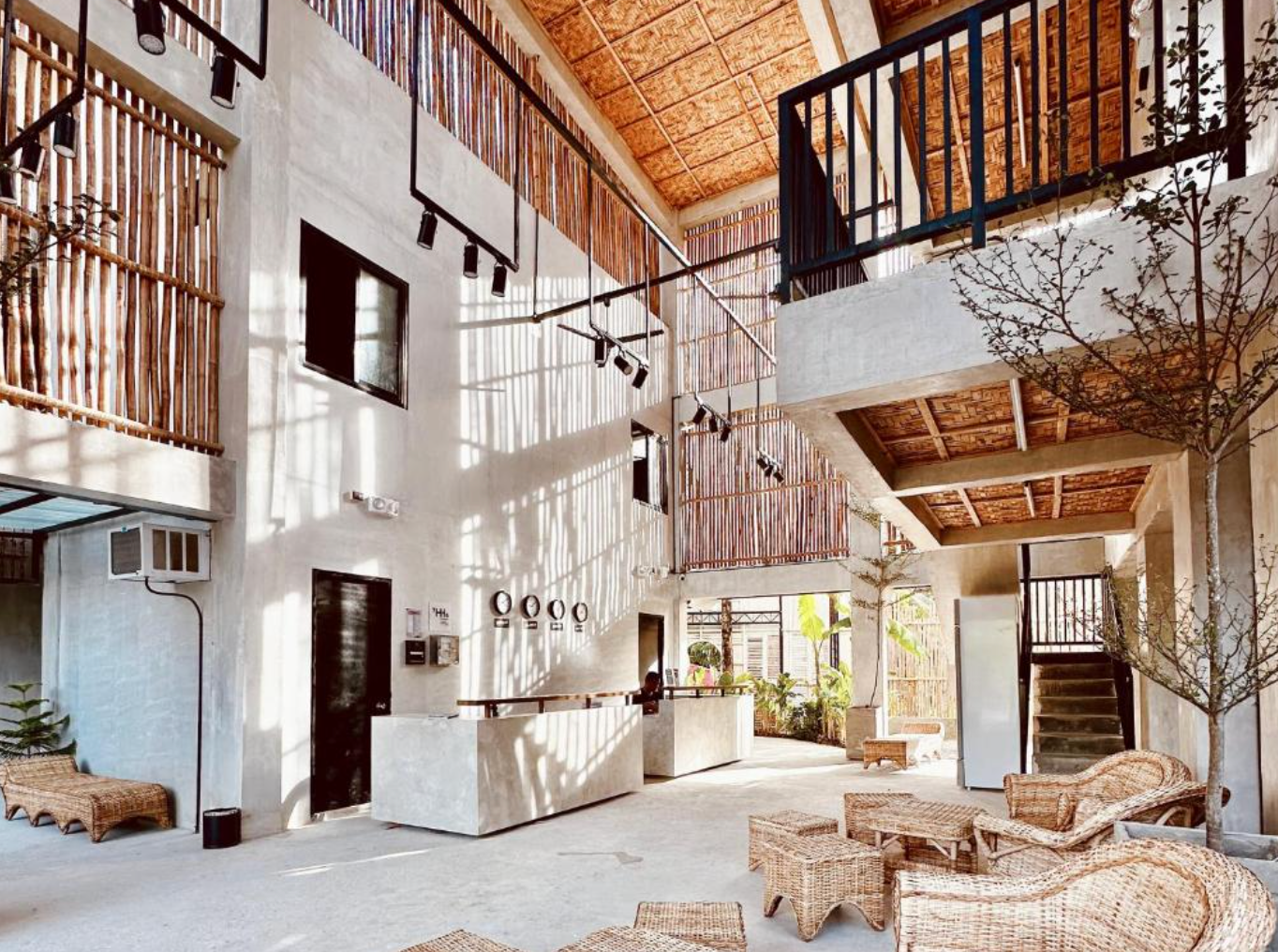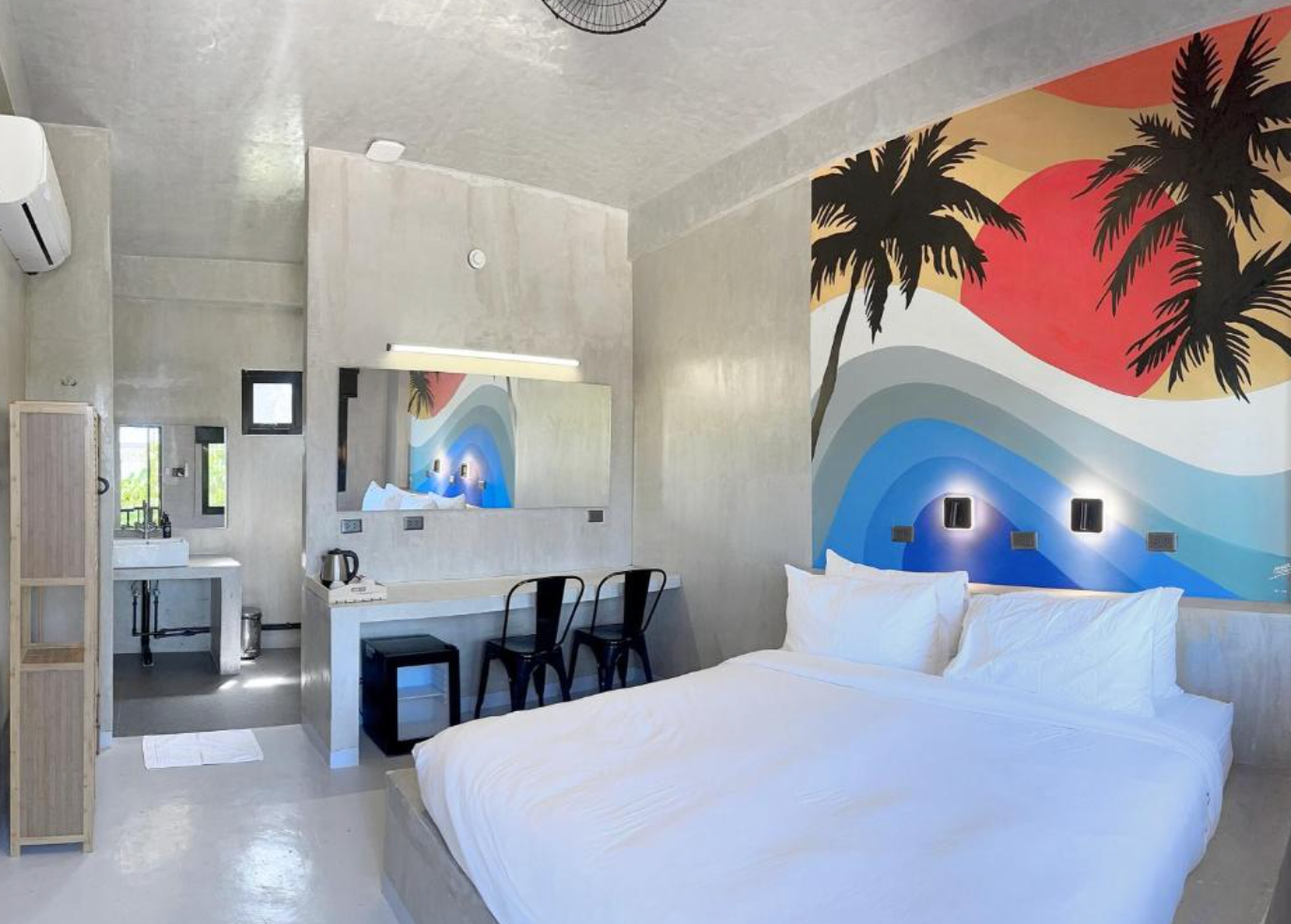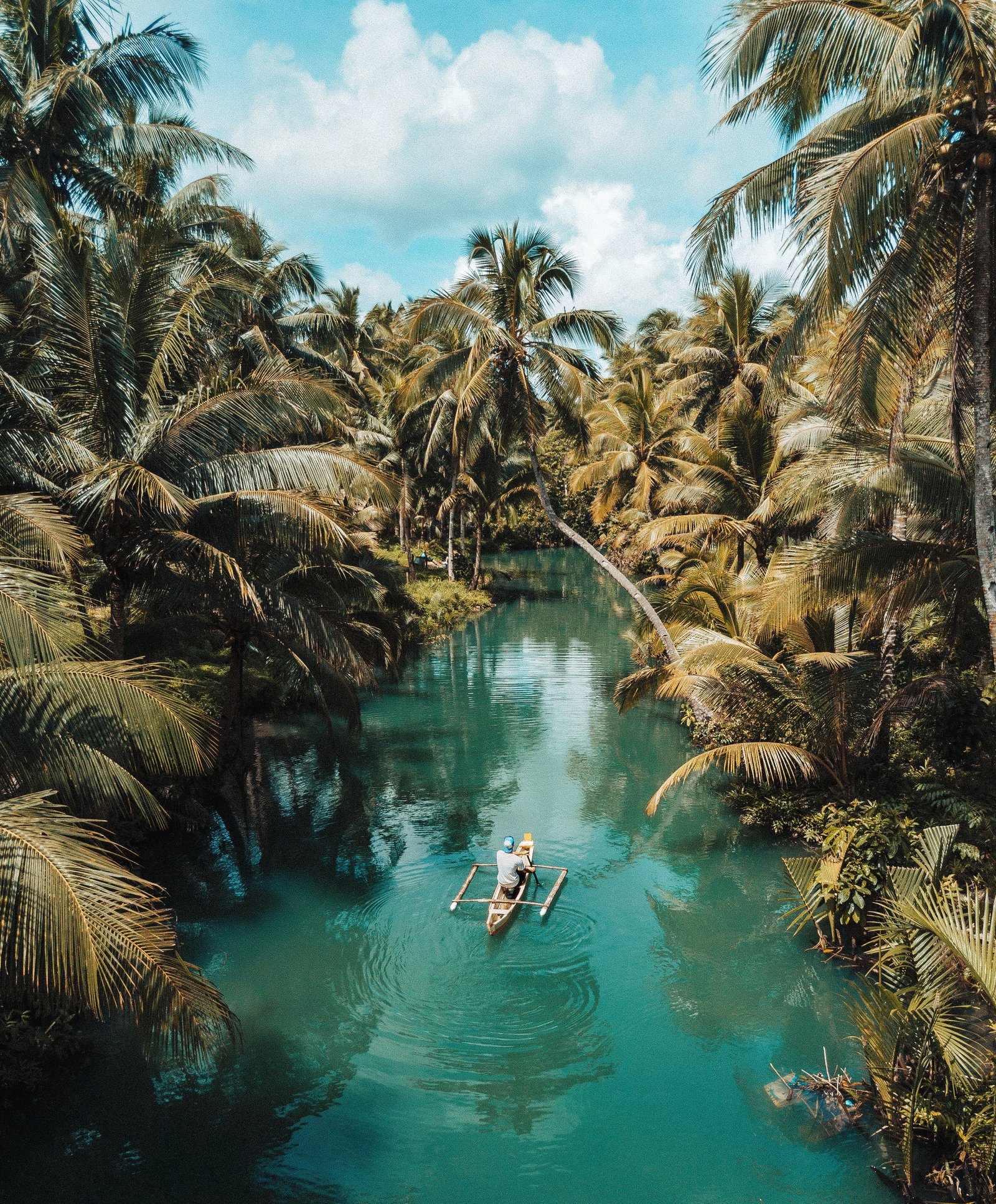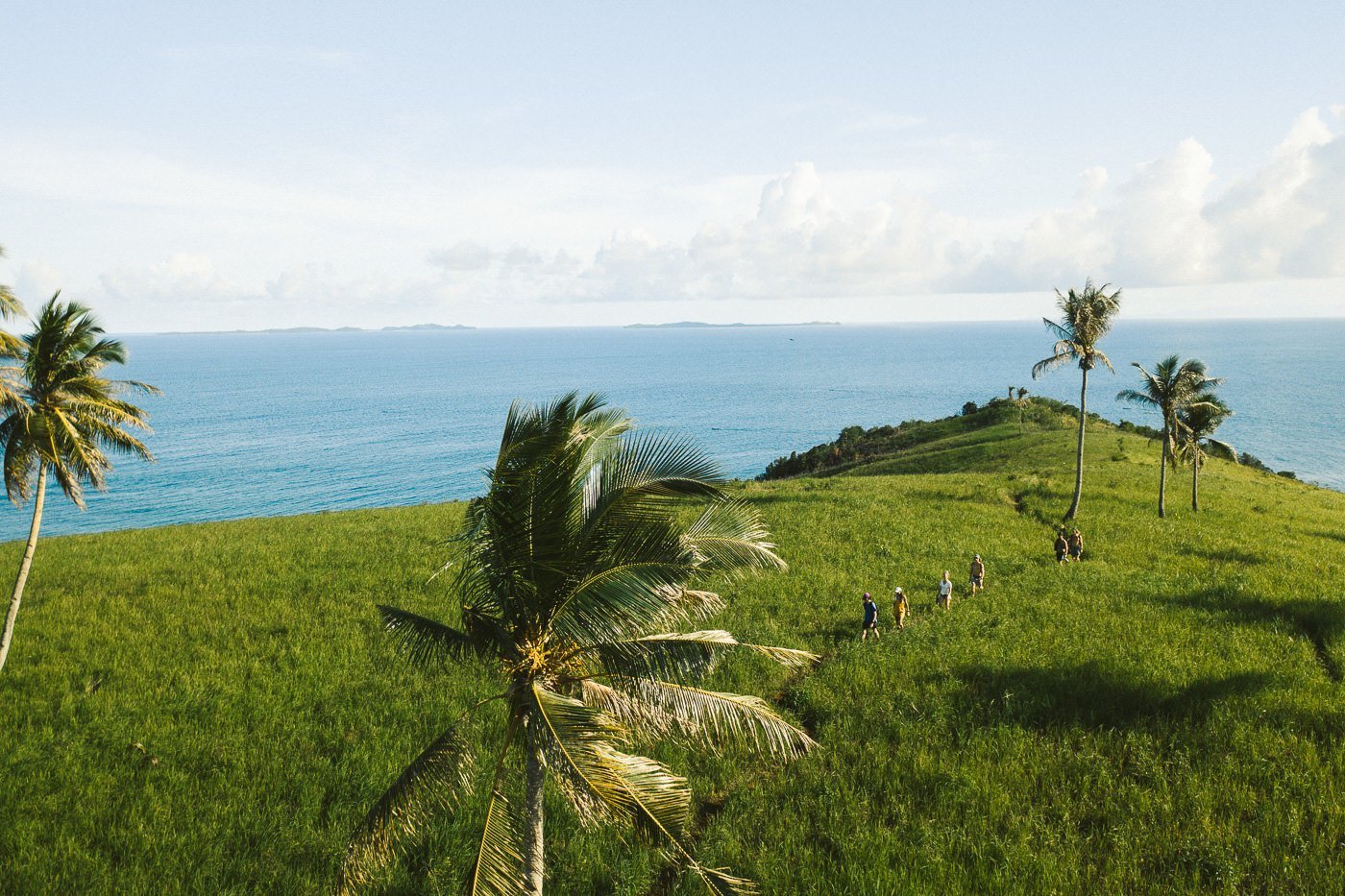Just Go Happy Blogs
Siargao Island Hopping Guide: Hidden Gem Beyond Cloud 9
Siargao Island Hopping Guide: Hidden Gems Beyond Cloud 9
Siargao island hopping takes you way past the famous Cloud 9 surf break that everyone talks about. Sure, Cloud 9 is awesome, but the real adventure starts when you hop on a boat and explore the dozens of tiny islands scattered around this Philippine paradise.
Most people who visit Siargao stick to the main surf spots and miss out on some seriously cool places. We're talking about secret lagoons, empty beaches, and islands where you might not see another person all day. Local fishermen have been keeping these spots to themselves for years, but more travelers are starting to figure out that the best parts of Siargao happen on the water.
The thing is, you don't need to be an expert sailor or have tons of money to experience amazing Siargao island hopping. You just need to know where to go and how to get there safely. Some of these hidden gems are only a 30-minute boat ride from the main town, but they feel like you've discovered your own private piece of paradise.
Planning Your Siargao Island Hopping Adventure
Most tour operators push the same three-island route: Naked Island, Daku Island, and Guyam Island. These places look great in photos, but by 10 AM they're packed with tourists taking selfies. Smart travelers either leave super early or skip these crowded spots entirely for better alternatives.
Renting your own boat gives you total freedom to create your own adventure. Local boat operators charge around 3,000 to 4,000 pesos for a full day, which works out pretty cheap if you split it between 6 or 8 people. You can stop wherever looks interesting, spend as much time as you want snorkeling, and avoid the crowds completely.
Weather makes a huge difference for Siargao island hopping. The best months run from March through October when the seas stay calm and you get clear skies most days. But here's a local secret: November and February often have perfect weather with way fewer tourists around.
Don't just book any boat tour you find online. Talk to people at your hostel or ask surfers hanging around General Luna. They'll point you toward operators who actually know the good spots and prioritize safety over cramming as many people as possible onto their boats.
Secret Spots Most Tourists Never See
Kawhagan Island's Hidden Lagoon
Kawhagan Island sits about 45 minutes northeast of General Luna, which is far enough to keep most day-trippers away. The island has this incredible hidden lagoon that you can only reach during high tide when small boats can squeeze through a narrow gap between limestone cliffs.
Once you're inside, it feels like you've stepped into another world. The water is so clear you can see fish swimming around the tree roots below. Sunlight filters down through the jungle canopy above, creating these amazing light patterns on the water. Most local guides know about this spot, but they only take you there if you ask specifically.
The best time to visit is late afternoon when the light gets golden and the lagoon becomes even more magical. Bring an underwater camera because the swimming here is incredible, and you'll want to capture how clear the water really is.
Sugba Lagoon's Secret Caves
Everyone goes to Sugba Lagoon, but most people just swim in the main area and leave. What they're missing are the limestone caves hidden around the edges of the lagoon. These caves have their own little pools inside, and some are deep enough for swimming while others are perfect for just floating and relaxing.
You need a local guide to explore these caves safely because some fill up with water during high tide and become dangerous. The coolest cave has a natural opening in the ceiling that lets sunlight shine down into the emerald pools below. It's like swimming in a natural cathedral.
The guides know exactly when to visit each cave based on the tides. Some caves look boring during low tide but become incredible when the water rises and reveals hidden chambers.
Traditional Fishing Villages Worth Visiting
Pilar's Floating Houses
The town of Pilar shows you a completely different side of Siargao island hopping. Traditional fishing families live in houses built on stilts over the water, connected by wooden walkways that have been there for decades. These aren't tourist attractions but real communities where families have lived for generations.
Some families offer homestays where you can stay overnight and learn how they fish and build boats. You wake up to the sound of water lapping under your room and spend the day learning skills that have been passed down through families for hundreds of years.
The experience gives you a real connection to local culture instead of just taking photos and leaving. Plus, your money goes directly to families who need it rather than big tour companies.
Santa Monica's Pearl Farms
Santa Monica Island has several small pearl farms run by local families using traditional methods. They welcome visitors who want to learn about pearl farming while exploring pristine beaches and coral gardens around the island.
The pearl farm experience lets you open your own oysters and keep any pearls you find. The families explain how they care for the oysters and harvest pearls sustainably without damaging the ocean environment. Most visitors don't find valuable pearls, but the process is fascinating and supports local livelihoods.
These pearl farms represent sustainable tourism at its best. Families earn income from visitors while maintaining their traditional way of life and protecting the marine environment.
Best Snorkeling and Diving Spots
Bucas Grande's Blue Cathedral
Bucas Grande Island has an underwater cave system that locals call the Blue Cathedral. This massive cavern sits about 20 feet underwater, which makes it perfect for confident swimmers and beginning divers.
The cave entrance glows with brilliant blue light created by sunlight coming through underwater openings. Inside, the space opens up like a real cathedral with high ceilings and swimming routes that lead to air pockets where you can surface and catch your breath.
The Blue Cathedral works best during Siargao island hopping trips that start early in the morning when the light is strongest and the water is calmest. Some tour operators include this spot, but many skip it because it requires confident swimming skills.
Daku Island's Coral Gardens
Most Siargao island hopping tours stop at Daku Island for lunch, but hardly anyone explores the amazing coral gardens along the eastern side of the island. These reefs have colorful parrotfish, angelfish, and sometimes sea turtles swimming around healthy coral formations.
The snorkeling here is best during slack tide when the currents calm down and the water becomes crystal clear. Local boat operators know exactly when this happens, usually twice a day when the tides change direction.
Bring your own snorkeling gear if possible because rental equipment often doesn't fit properly or has scratched masks that make it hard to see clearly underwater.
Seasonal Considerations for Island Hopping
Dry Season Adventures (March to October)
The dry season gives you the best conditions for Siargao island hopping with calm seas and almost no rain. But this is also when everyone else visits, so expect higher prices and busier beaches.
March through May has the driest weather but also the hottest temperatures. You'll be sweating a lot on the boat, so bring extra water and sunscreen. June through August brings occasional afternoon showers that actually feel refreshing and don't usually last long.
Wet Season Opportunities (November to February)
Don't automatically skip the wet season for island hopping. December and January often have beautiful mornings with storms that come in the afternoon and clear up quickly. You'll save serious money and have beaches almost to yourself.
Check weather apps and talk to locals about conditions before heading out. Many hidden spots become even more beautiful during the wet season when waterfalls are flowing and everything looks super green and lush.
Local Boat Operators and Safety Tips
Choosing Reliable Operators
Good boat operators in General Luna have proper safety equipment including life jackets that actually work, first aid kits, and ways to communicate if something goes wrong. Ask to see this stuff before you pay for anything.
Don't just go with the cheapest option you find. Ask surfers and people who have been staying in Siargao for a while which operators they recommend. They know which captains are safe and which ones cut corners to save money.
Safety Equipment and Protocols
Always wear life jackets during Siargao island hopping, even if you're a strong swimmer. Ocean conditions can change fast, and some areas have strong currents that can surprise you.
Bring waterproof bags for your phone and important stuff. Saltwater ruins electronics quickly, and you can't just buy replacements easily on Siargao. Pack extra water and snacks because some trips take longer than expected if weather changes or boats have mechanical problems.
Making the Most of Your Island Adventure
Photography Tips for Island Hopping
Early morning light makes everything look amazing during Siargao island hopping trips. The golden hour right after sunrise captures the true colors of the limestone cliffs and turquoise water without harsh shadows that ruin photos.
Waterproof cameras or cases for your phone open up tons of creative possibilities for documenting underwater adventures and marine life. Many of the hidden lagoons and caves offer unique photo opportunities you can't get anywhere else.
Sustainable Travel Practices
Responsible Siargao island hopping means following basic common sense and supporting local people. Bring reusable water bottles, take all your trash with you, and don't touch or step on coral reefs when you're snorkeling.
Choose tours that hire local guides and boat operators instead of outside companies. This way your money helps the families who actually live on these islands rather than big businesses from Manila or other places.
The waters around Siargao have so many discoveries waiting for travelers who want to go beyond the obvious tourist spots. Every hidden island, secret lagoon, and empty beach offers experiences that create real memories instead of just Instagram posts. Pack your sense of adventure and get ready to discover why Siargao island hopping is one of the Philippines' best kept secrets.

